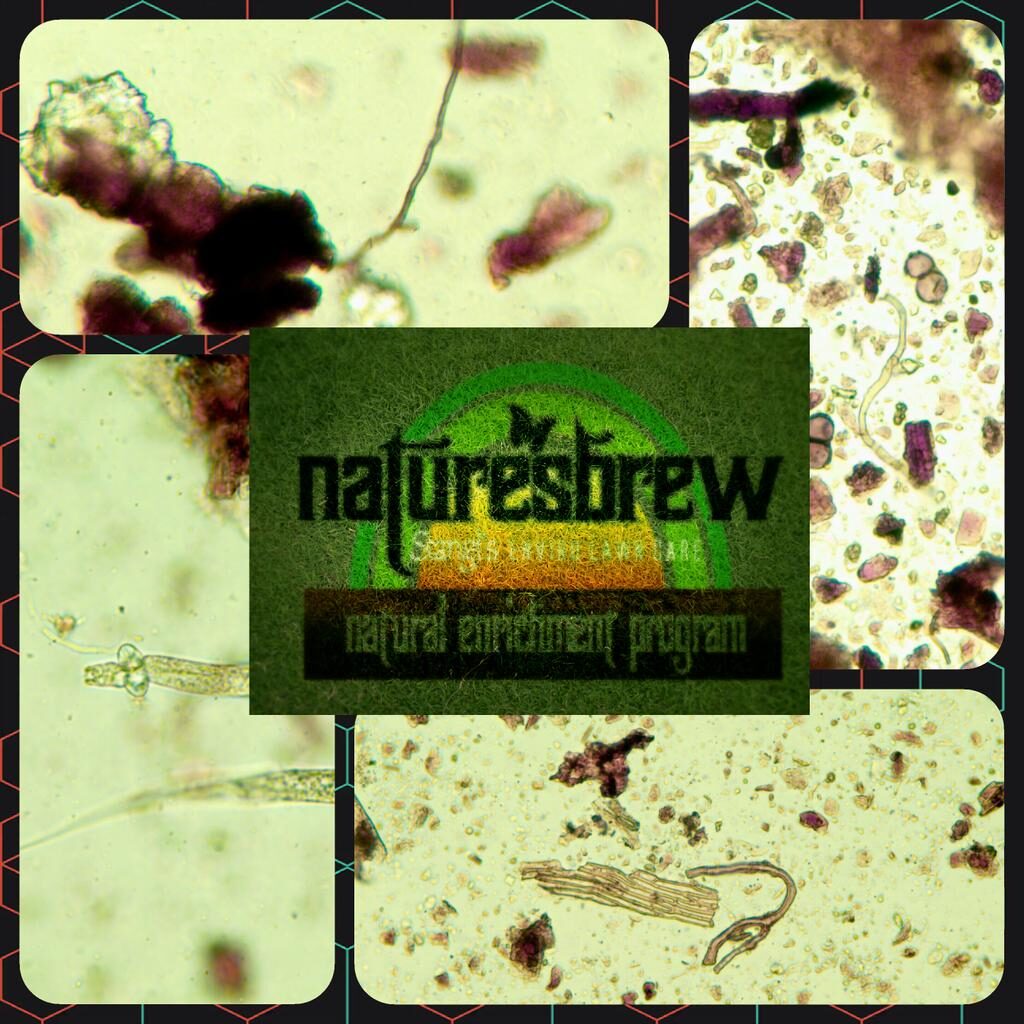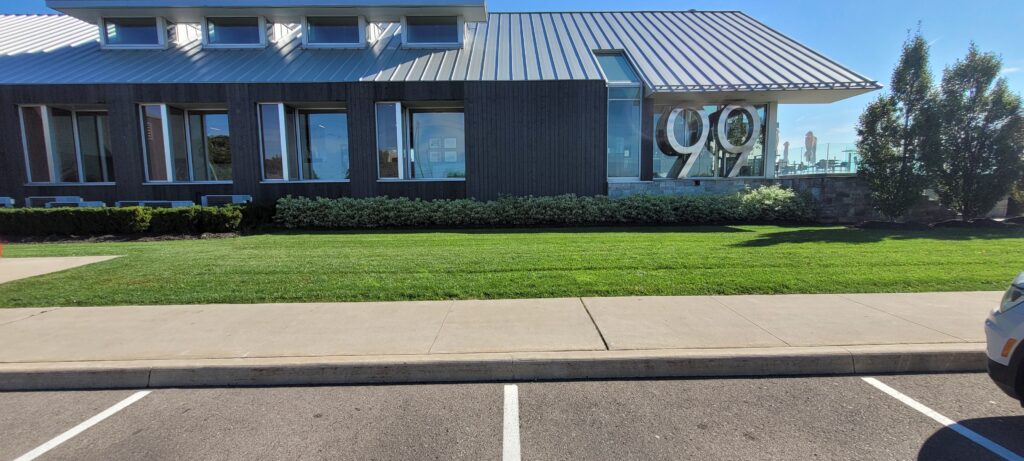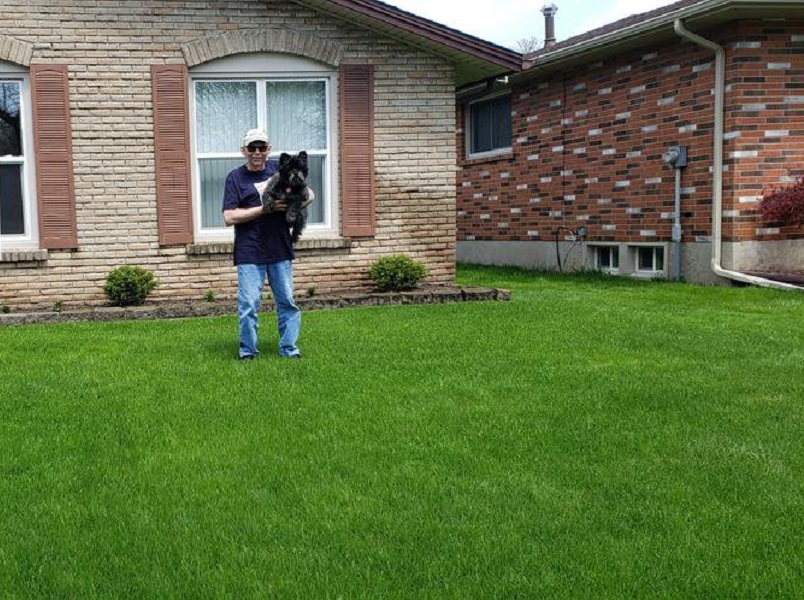Introduction:
Welcome to Stangl’s Enviro Lawn Care, where we believe in nurturing not just your lawn, but the entire ecosystem it represents. Regenerative lawn care is a shift from traditional methods, focusing on long-term health and resilience rather than immediate cosmetic results. This paper aims to clarify what regenerative lawn care entails and set realistic expectations for those considering this approach.
What is Regenerative Lawn Care?
Regenerative lawn care is about more than just maintaining grass; it’s about enhancing the soil, supporting biodiversity, and creating a self-sustaining lawn ecosystem. Here’s what it involves:

- Soil Health: We prioritize soil biology by using treatments like Nature’s Brew, which feed the soil’s microbial life. Healthy soil leads to healthier plants.
- Plant Vitality: Instead of chemical fertilizers, we work to increase the plant’s natural defenses and nutrient uptake, measured by Brix levels, indicating plant health and vigor.
- Water Management: By improving soil structure, we enhance water infiltration and retention, reducing the need for frequent watering.
- Natural Pest and Weed Management: We encourage a balanced ecosystem where beneficial organisms help control pests and where “weeds” are seen as indicators of soil health or areas needing more attention, not just nuisances.
Setting Realistic Expectations:
- Time for Transformation: Unlike traditional methods that might offer quick, superficial results, regenerative practices require time. Your lawn will transition from one state to another, often showing gradual but profound improvements in health over seasons.
- Visual Appearance: Initially, your lawn might not look as uniformly green as chemically treated lawns. However, over time, you’ll notice a more robust, dense growth with less reliance on external inputs.
- Weed Presence: Weeds or plant diversity can be expected as part of a healing process for the soil. They often indicate areas where the ecosystem is adjusting or where more work is needed.
- Pest and Disease: With increased plant health, you’ll see natural resistance to pests and diseases, but this doesn’t mean they’ll disappear overnight. It’s about creating a system where plants can fend for themselves.
- Watering Needs: Expect less watering as the system develops, but this isn’t immediate; it’s a long-term benefit of improved soil biology.
- Seasonal Changes: Your lawn will adapt to seasonal changes more gracefully, with less need for intervention, but this adaptation takes time to establish.

Why Choose Regenerative Lawn Care?
- Sustainability: You’re not just caring for a lawn; you’re contributing to a healthier planet by reducing chemical use and fostering a living soil system.
- Long-term Savings: Over time, the need for inputs like water, pesticides, and fertilizers decreases, potentially saving you money.
- Health: A biologically active lawn is safer for children, pets, and the environment, with no synthetic chemicals.
- Resilience: Your lawn will be better equipped to handle drought, pests, and diseases, thanks to its enhanced ecosystem.
Conclusion:
At Stangl’s Enviro Lawn Care, we’re committed to guiding you through this regenerative journey. We understand that expectations shaped by conventional lawn care might not match the reality of a regenerative approach. We invite you to embrace a new perspective on what a healthy lawn can be – one that’s vibrant, resilient, and part of a broader ecological system. Give us the time to show you the difference, and we promise a lawn that not only looks good but feels good to be a part of the natural world.
Your Next Step:
If you’re ready to explore a lawn care method that aligns with the health of your home, your community, and the planet, contact us for a consultation. Let’s start setting realistic expectations for a lawn that will thrive for years to come.
